|| A Chinese folklore ||
Nearly five thousand years ago, the Son of Heaven, Yong-Lo, of the Ming dynasty ruled the land. He commanded his trusty minister, Kouan-Yu, that he should have a bell made of such great size that the sound would be heard kingdoms away.
He instructed that the the bell should be strengthened with iron and brass, and deepened with gold, and sweetened with silver. He further commanded that it should be engraved with blessed sayings from the sacred books, and that it should be suspended in the centre of the imperial capital.
So the worthy minister, Kouan-Yu, assembled the master-moulders and the bellsmiths of the empire. The experts in the trade of foundry work gathered and started planning on how to make the complicated ask. They can easily make a bell with each individual metal but not one with all the metals together. Nevertheless, they set out to work.
Metals need to be melted, mixed and poured into moulds to get the shape. They measured the materials for the alloy, and treated them skilfully, and prepared the moulds, the fires, the instruments, and a giant melting-pot for fusing the metal.
They toiled day and night, to make a perfect bell for the Son of Heaven. But when the metal had been cast and cooled, it was discovered that, despite their great labor and care, the result was useless.
The metals had rebelled one against the other, the gold would not mix with the brass, the silver would not mingle with the molten iron. So the moulds had to be once more prepared, and the fires rekindled, and the metal remelted, and all the work tediously and toilsomely repeated. The Son of Heaven heard about the matter, and was angry, but he said nothing.
A second time the bell was cast, and the result was even worse. Still the metals obstinately refused to blend one with the other.
There was no uniformity in the bell. Its sides were cracked and bumpy, and the lips of the bell were saggy and uneven. To the dismay of Kouan-Yu, the labor had to be repeated even a third time.
When the Son of Heaven heard these things, he was angrier than before. He sent his messenger to Kouan-Yu with a letter, written upon lemon-colored silk, and sealed with the seal of the Dragon, containing a warning that this attempt might be his last.
Kouan-Yu was very worried. Everyone was doing everything they can. Why couldn’t they make the bell?
Now, Kouan-Yu had a daughter, Ko-Ngai, who was a lovely and kind girl. Ko-Ngai had seen the Son of Heaven’s message in yellow silk, sealed with the Dragon-Seal and grew worried. She resolved to find a solution to the bell to save her dear father from the execution.
She secretly sold some of her jewels and consulted an alchemist. The alchemist consulted the table of the Five Hin, or Principles of the Universe, and the mystical books of the alchemists. And after a long silence, he answered her saying: “Gold and brass will never meet in, silver and iron never will embrace, until the flesh of a maiden be melted in the crucible. Only then will the metals come together in their fusion.”
Ko-Ngai knew what that meant. She returned home sad but she kept this to herself.
At last came the awful day when the third and last effort to cast the great bell was to be made.
Ko-Ngai, together with her waiting-woman, accompanied her father to the foundry, and they took their places upon a platform overlooking the moulds and the melting pot containing the lava of liquefied metal.
All the workmen did their tasks in silence; there was no sound heard but the crackling of the fires. They knew that if they didn’t get this right, the minister Kouan-Yu will pay for it with his life.
More fuel was added and the fire became a giant fire. The metal which looked blood-red, slowly brightened like the vermilion of a sunrise, then into a radiant glow of gold, and finally turned silvery white as the heat became maximum.
Then the sweating workers stopped adding the fuel, and all fixed their eyes upon the minister Kouan-Yu, waiting for signal from him to start the cast.
Just before he lifted his finger, a cry caused him to turn his head. The daughter, Ko-Ngai bellowed in a high voice, which was heard even above the roar of the fire. “For you, my father!”, she said and jumped into the melting pot into the white metal lava.
It happened so quickly. The lava bubbled and spluttered and there was no trace of anything at all a few moments later.
Wild with grief, the father of Ko-Ngai, tried to run up to the platform and jump after her, but four strong men held him back and kept firm grasp upon him until he had fainted.
And the serving-woman of Ko-Ngai was dizzy and speechless. She stood on the platform before the melting pot, holding in her hands a delicate embroidered shoe, the shoe of her beautiful mistress.
She had tried to catch Ko-Ngai by the foot as she leaped, but had only been able to catch the shoe. She continued to stare at the shoe with sadness. Meanwhile, the father, Kouan-Yu, who had fainted, was carried home.
There was nothing else to be done. The Son of Heaven must be obeyed. The workers set to mould the lava, even though they did not have much hope on the outcome. But when poured the metal, they saw that the metal seemed purer and whiter than before; and there was no sign of the beautiful body that had been dissolved within. (Even from a scientific angle, carbon allows for greater intermixing in alloys)
The casting was made; and lo and behold!
When the metal had become cool, it was found that the bell was so beautiful to look upon, and perfect in form, and was wonderful in color. It was simply splendid.
Brass and gold blended perfectly, with the intermingling of the silver and iron. When they sounded the bell, its tones were found to be deeper and mellower and mightier than the tones of any other bell. Its sound could be heard many many kingdoms away like a pealing of thunder.
But between each strike of the bell, a low gentle murmer could be heard from the bell.
The Chinese mothers in their creative stories, whisper to their little ones: “Listen! that is Ko-Ngai complaining about her shoe! The lovely daughter Ko-Ngai!”
Like (0)

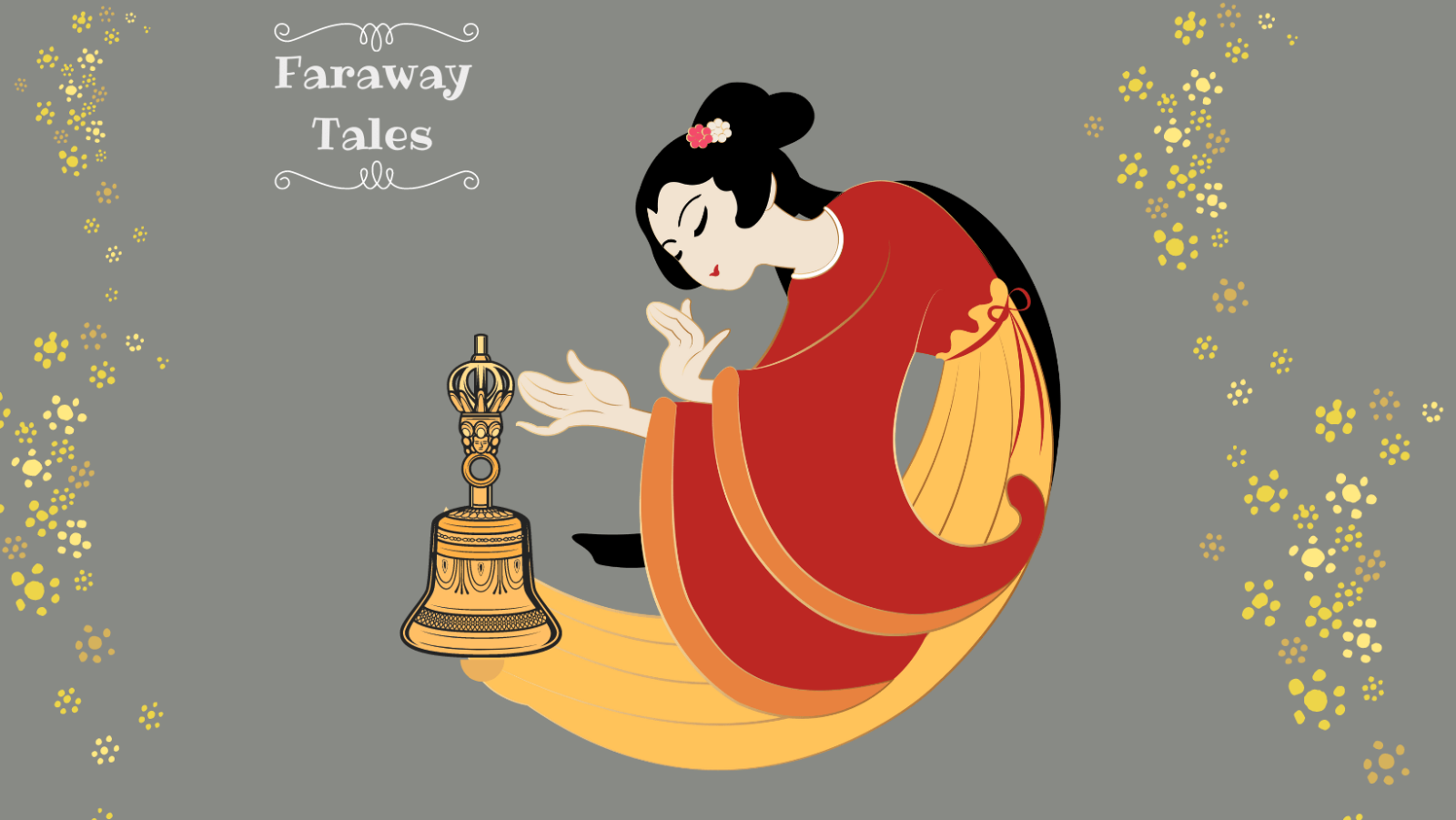
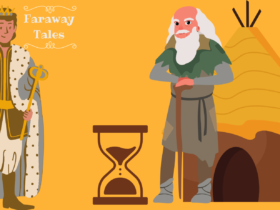
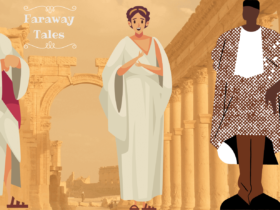
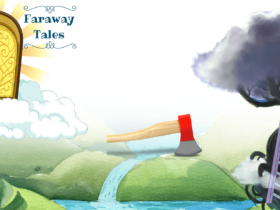
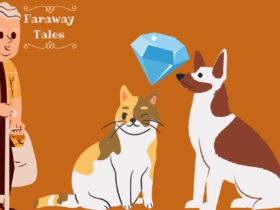
Leave a Reply